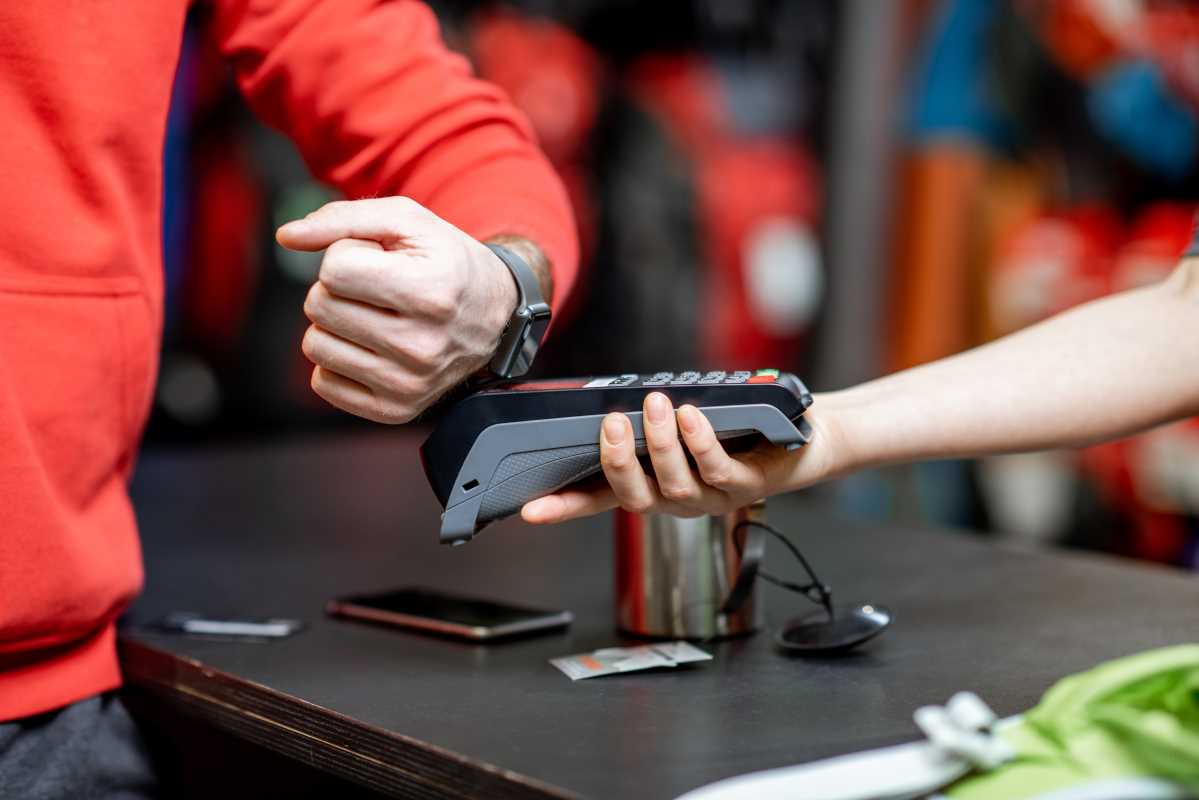Wearable technology has evolved from a futuristic concept to an everyday necessity for many people. From fitness trackers and smartwatches to cutting-edge devices like the Oura Ring and the highly anticipated Apple Vision Pro, wearable tech is more advanced, stylish, and functional than ever before. These small, powerful devices enhance our lives by monitoring health, improving productivity, and even offering immersive experiences.
The wearable tech industry is growing rapidly, introducing groundbreaking innovations that go beyond step counting and basic notifications. This article will explore how devices like the Oura Ring are revolutionizing health tracking, how smartwatches like the Apple Watch set the standard for wearables, and why products like the Apple Vision Pro are shaping the future of augmented reality. There's a lot to be excited about, so let's take a closer look.
What Is Wearable Tech?
Wearable technology consists of electronic devices designed to be worn on the body. These gadgets often sync with smartphones or computers, making it easy to collect, analyze, and use data in real-time. The primary goal of wearable tech is to make life easier, healthier, and more efficient.
Why Wearables Matter
Wearables do more than display fitness stats or send notifications. They help users stay connected and live healthier lives. For instance, a smartwatch like the Apple Watch can alert you to irregular heart rhythms while also letting you respond to messages with a quick tap. Devices like the Oura Ring take health monitoring a step further, gathering in-depth data about your sleep, activity, and recovery to promote better overall wellness.
Wearables are not limited to fitness and health; they play significant roles in communication, virtual reality, and even safety. Innovations like augmented reality headsets aim to integrate technology seamlessly into our lives, paving the way for exciting possibilities.
Smartwatches Are More Than Timekeepers
Smartwatches are the most widely recognized and adopted category of wearable tech. While they started off as simple extensions of smartphones, modern smartwatches now offer an array of capabilities that make them indispensable.
Apple Watch Leads the Pack
The Apple Watch has redefined what a smartwatch can do. The Series 9, for example, doesn’t just keep you updated on calls and texts. It also offers advanced health-tracking capabilities, like monitoring your blood oxygen levels and running an electrocardiogram (ECG) directly from your wrist. Features like heart rate variability and fall detection make it a potentially life-saving device.
Beyond health, the Apple Watch has become an everyday convenience tool. With Apple Pay, you can leave your wallet at home and make purchases directly from your wrist. It also integrates seamlessly with smart home technologies, allowing you to control everything from lights to thermostats with just a few taps or voice commands using Siri.
Android Alternatives
While the Apple Watch dominates for iPhone users, devices like the Samsung Galaxy Watch 6 provide equally impressive experiences for Android users. These smartwatches come with advanced fitness metrics, customizable watch faces, and even body composition measurements, making them strong contenders in the wearable market.
The Oura Ring and Holistic Health Tracking
If you prefer a more discreet wearable, the Oura Ring is a fantastic option. Unlike smartwatches, this small, lightweight ring doesn’t draw attention to itself—but it’s packed full of powerful health-tracking features.
How the Oura Ring Works
The Oura Ring is worn on your finger and uses infrared sensors to track your heart rate, body temperature, and sleep patterns in incredible detail. It’s a favorite among athletes, wellness enthusiasts, and even celebrities because of its ability to measure "readiness," a score that combines sleep, activity, and other health markers to indicate how prepared your body is to tackle the day.
The ring's insights go beyond steps or calorie counts. It can help identify when you're overly stressed, sick, or overtraining, giving you the tools to adjust your lifestyle accordingly. For people who want an all-in-one health tracker without the bulk of a smartwatch, the Oura Ring is a standout choice.
Apple Vision Pro and Augmented Reality Wearables
While fitness trackers and health-focused devices are the backbone of the wearable industry, augmented reality (AR) wearables represent a bold step into the future. The Apple Vision Pro, announced in 2023, is one of the most exciting innovations in this space and promises to redefine the way we interact with technology.
What Makes the Apple Vision Pro Special?
The Vision Pro is a pair of highly advanced AR glasses. Unlike traditional wearables, this device creates an immersive experience by combining your physical surroundings with digital content. Apple describes it as "spatial computing," where apps, videos, and interactions seamlessly float in your surroundings.
For example, you can use the Vision Pro to join a video conference where participants appear life-sized in your living room. Or, you can display a virtual screen for work while still interacting with the world around you. This device is aimed at professionals and tech enthusiasts who want to merge their digital and physical lives.
While the Vision Pro comes with a hefty price tag, it represents where wearable technology is heading. With AR capable devices, applications range from virtual fitness classes to interactive design work, making innovation in this space something to watch closely.
Medical Wearables Are Changing Healthcare
One of the most impactful areas for wearable innovation is healthcare. These devices not only promote general wellness but also offer life-changing features for people managing chronic illnesses or specific health conditions.
Continuous Glucose Monitors (CGMs)
Devices like Abbott’s FreeStyle Libre and the Dexcom G7 are transforming diabetes management. Worn on the body, CGMs continuously track glucose levels, sending alerts directly to your phone. This eliminates the need for constant finger pricks, making it easier for users to keep blood sugar levels in range.
Smart Rings for Preventive Care
The potential of wearable health devices extends beyond tracking. For instance, the Oura Ring and similar devices are being tested for early detection of illness by monitoring body temperature fluctuations and other subtle health signals.
Sustainability and Wearable Tech
An exciting recent trend is the emphasis on sustainability in wearables. With concerns about waste and resource use, many companies are redesigning their products to be more environmentally friendly.
Solar-Powered Innovations
Solar-powered wearables like certain Garmin smartwatches now use solar panels to extend battery life. This advancement reduces the need for frequent charging, aligning with eco-conscious consumers' values.
Modular Wearables
Another emerging concept is modular design, where components of wearables can be repaired or updated without replacing the whole device. These designs not only reduce waste but also extend the lifespan of the devices, making them more sustainable.







